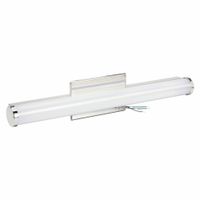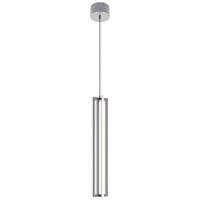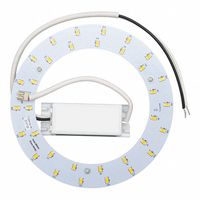Decorative lighting can significantly enhance healthcare facilities by improving aesthetics, functionality, and patient experience. Firstly, it creates a welcoming and comforting environment, which is crucial in reducing patient anxiety and stress. Soft, warm lighting can make spaces feel more homely and less clinical, promoting relaxation and a sense of well-being.
Secondly, decorative lighting can be strategically used to highlight architectural features, artwork, or wayfinding elements, aiding in navigation and creating a more engaging environment. This can be particularly beneficial in large hospitals where patients and visitors may feel overwhelmed.
Moreover, lighting can be tailored to support specific healthcare functions. For instance, adjustable lighting systems can provide bright, focused light for medical examinations and procedures, while softer lighting can be used in patient rooms to promote rest and recovery. The use of color-changing LED lights can also be employed to create different moods or simulate natural daylight, which can help regulate patients' circadian rhythms, improving sleep patterns and overall health outcomes.
In addition, decorative lighting can enhance staff performance and satisfaction. Well-designed lighting reduces eye strain and fatigue, improving concentration and efficiency. It also contributes to a positive work environment, which can boost morale and reduce turnover rates.
Finally, energy-efficient decorative lighting solutions, such as LED fixtures, can reduce operational costs and support sustainability goals, aligning with the increasing emphasis on green healthcare facilities.
In summary, decorative lighting in healthcare facilities not only enhances the visual appeal but also supports functional needs, improves patient and staff experiences, and contributes to operational efficiency and sustainability.





